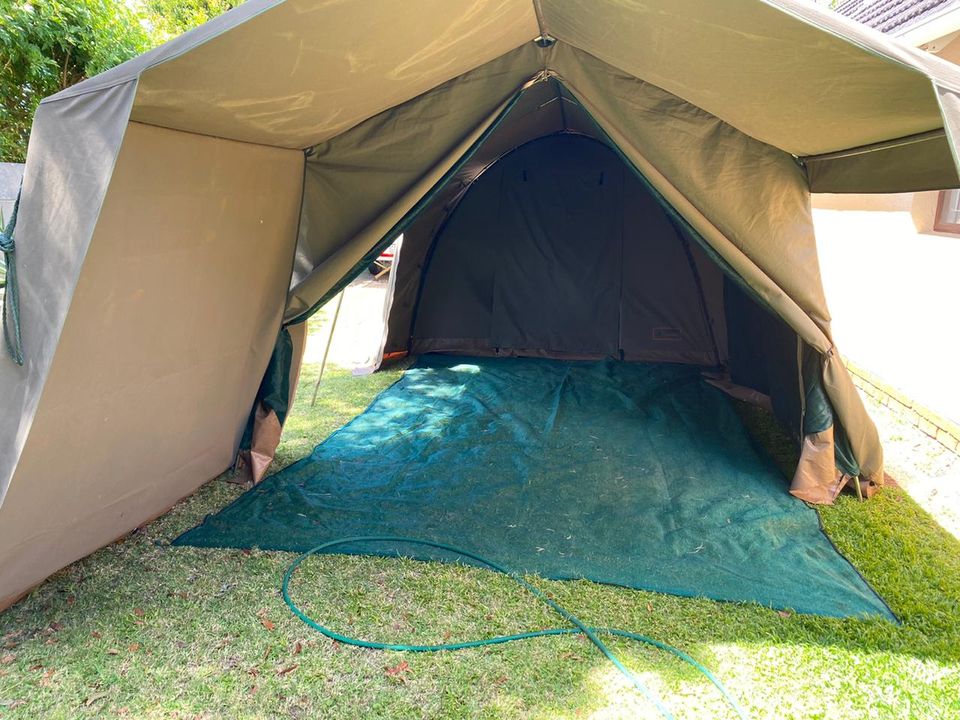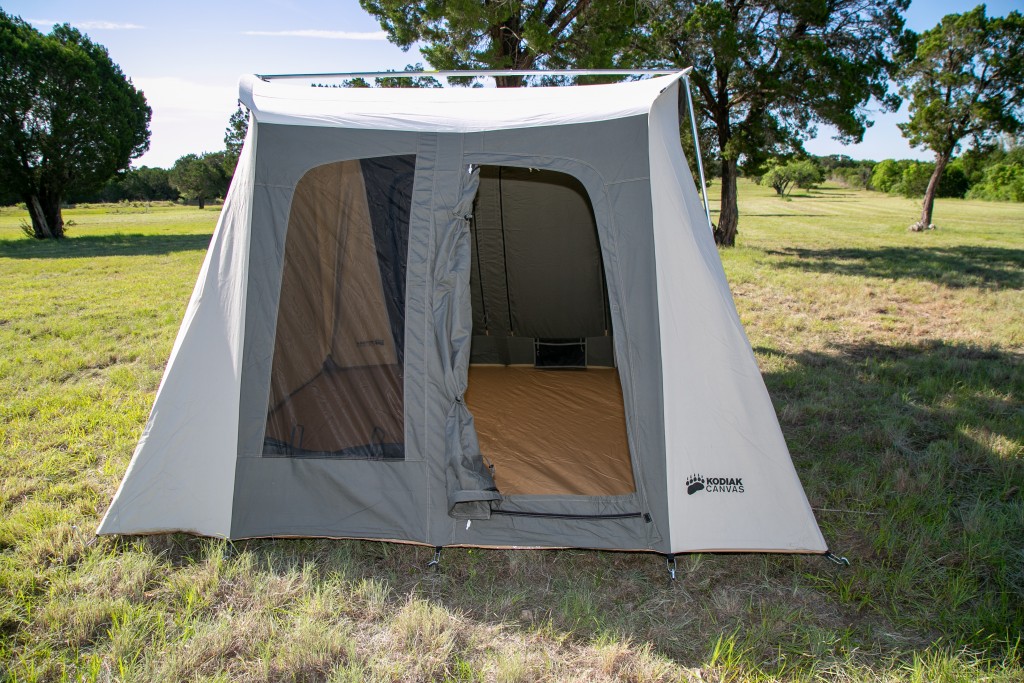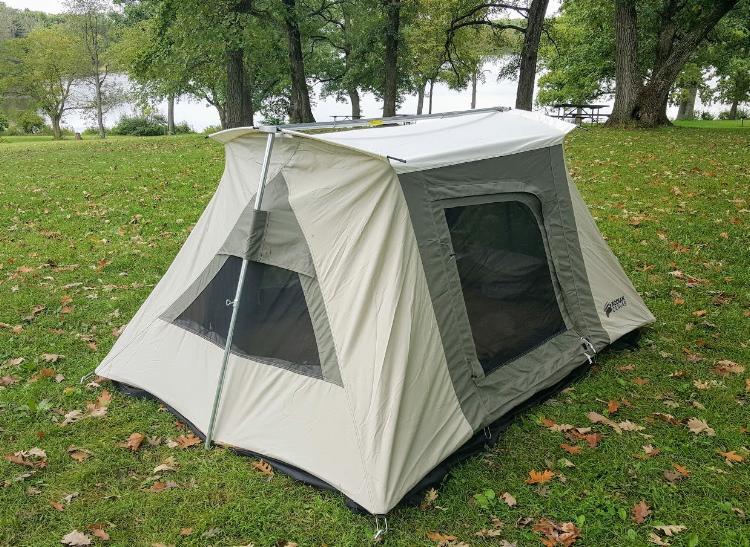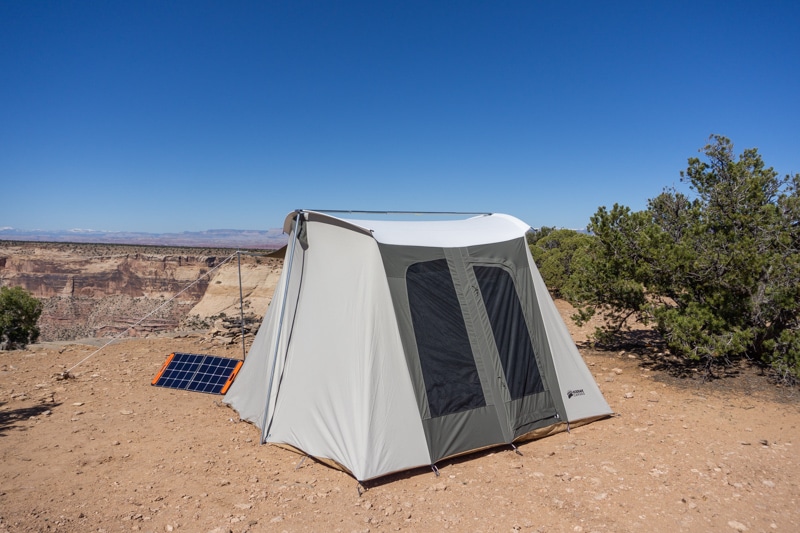Introduction:
Choosing the right tent for your camping adventures can greatly enhance your outdoor experience. Whether you’re a seasoned camper or a novice, investing in a high-quality tent that suits your needs and preferences is essential. In this comprehensive guide, we will explore three key factors to consider when selecting the perfect Campmor tent. Each section will delve into two levels of content, providing you with valuable insights to make an informed decision.
Part 1: Understanding Tent Types and Capacity
Level 1: Tent Types
- Dome Tents: Dome tents are the most popular choice among campers due to their versatility and ease of setup. They feature a semi-circular design, with poles forming a dome shape. Dome tents are known for their stability, ability to withstand wind, and ample headroom.
- Cabin Tents: Cabin tents are known for their spaciousness and vertical walls, offering maximum interior space. These tents often feature multiple rooms, making them ideal for families or large groups. However, they tend to be bulkier and heavier, which may impact portability.
Level 2: Tent Capacity and Size
- Family Size: Consider the number of people sharing the tent. Tent capacity is typically stated as the number of people a tent can sleep comfortably. However, it’s advisable to choose a tent with a capacity slightly larger than your actual group size to allow for extra space and gear storage.
- Interior Space: Evaluate the tent’s floor area and height. Make sure there is enough room for everyone to sleep comfortably and move around, especially during extended trips. Additionally, consider the vestibule area for storing gear, particularly in adverse weather conditions.
Part 2: Evaluating Tent Features and Materials
Level 1: Tent Features
- Seasonality: Determine the tent’s intended use based on the seasons you plan to camp in. Three-season tents are suitable for mild weather conditions, while four-season tents are designed for more extreme climates. Choose accordingly based on your camping preferences.
- Ventilation: Adequate ventilation is crucial to minimize condensation and maintain a comfortable interior. Look for tents with mesh panels, windows, and vents that allow for proper air circulation, especially during warmer months.
Level 2: Tent Materials
- Tent Fabrics: Consider the tent’s fabric, which affects its durability and protection against the elements. Nylon is lightweight but may require a rainfly for waterproofing. Polyester is more durable and offers better UV resistance. Ripstop fabrics provide added strength against tears and punctures.
- Rainfly and Floor: Ensure the tent comes with a rainfly, a waterproof cover that prevents rain from entering through the roof. Seam-sealed rainflies offer enhanced water protection. The tent floor should also be waterproof and made of durable material to resist abrasions and moisture.
Part 3: Assessing Tent Setup and Additional Considerations
Level 1: Setup and Portability
- Ease of Setup: Look for tents with color-coded or intuitive pole systems that simplify the setup process. Practice pitching the tent before your camping trip to ensure familiarity with its assembly.
- Packability: Consider the tent’s weight and packed size, especially if you plan to backpack or hike to your campsite. Lightweight and compact tents are preferable for those prioritizing portability.
Level 2: Additional Considerations
- Price Range: Determine your budget and explore tents within that range. While investing in a high-quality tent is advisable for frequent campers, there are budget-friendly options available with decent features.
- User Reviews: Check customer reviews and ratings online to gather insights from other campers who have used the tent. These reviews often provide valuable information regarding durability, performance, and any potential drawbacks.
Part 4: Advanced Features and Accessories for Enhanced Camping Experience
Level 1: Advanced Tent Features
- Freestanding Design: Freestanding tents do not require stakes to remain upright, making them easier to set up and move around. This feature is particularly useful in rocky or sandy terrains where staking may be challenging.
- Gear Lofts and Pockets: Look for tents that include gear lofts or pockets for convenient storage of smaller items like flashlights, phones, or camping accessories. These features help keep your belongings organized and easily accessible.
Level 2: Tent Accessories
- Footprints: Consider purchasing a footprint designed specifically for your tent. Footprints provide an extra layer of protection to the tent’s floor, preventing wear and tear from abrasive surfaces while also acting as a moisture barrier.
- Tent Vestibules: Some tents come with vestibules, which are covered and enclosed areas outside the tent’s entrance. Vestibules provide extra storage space for muddy boots, wet gear, or even a cooking area, keeping the interior clean and clutter-free.
Part 5: Considering Weather Conditions and Durability
Level 1: Weather Resistance
- Waterproofing: Look for tents with a high waterproof rating, indicated by a hydrostatic head measurement. A rating of around 1200mm to 3000mm or higher is recommended for good rain protection.
- Wind Resistance: Consider tents with sturdy poles, guy lines, and stake points to ensure stability in windy conditions. Tents with aerodynamic designs and multiple guy-out points offer better wind resistance.
Level 2: Durability and Longevity
- Tent Poles: Check the material and construction of the tent poles. Aluminum poles are lightweight, durable, and highly recommended for their strength. Fiberglass poles are more affordable but may be less sturdy.
- Stitching and Seams: Inspect the tent’s stitching and seams for quality construction. Double-stitched and taped seams provide better durability, preventing water leakage and wear over time.
-
Durability: Assess the tent’s durability based on the materials used and construction quality. Reinforced stitching, sturdy zippers, and robust pole systems contribute to a tent’s longevity. Look for tents with a reputation for durability, especially if you plan on using it frequently or in challenging environments.
- Weather Resistance: Consider the tent’s ability to withstand various weather conditions. Look for features such as waterproof rainflies, bathtub-style floors (with raised edges to prevent water seepage), and a high waterproof rating (measured in millimeters). Additionally, a tent with a strong frame and guy lines can better withstand windy conditions.
Conclusion:
Choosing perfect Campmor tents involves considering the tent type, capacity, features, materials, setup, and additional factors. By balancing your specific needs and preferences with the information provided in this guide, you can confidently select a tent that will enhance your camping adventures and provide a comfortable shelter in the great outdoors. Selecting perfect Campmor tents requires careful consideration of tent features, materials, setup, and additional factors. Advanced features and accessories, such as freestanding designs, gear lofts, and footprints, can enhance your camping experience.




